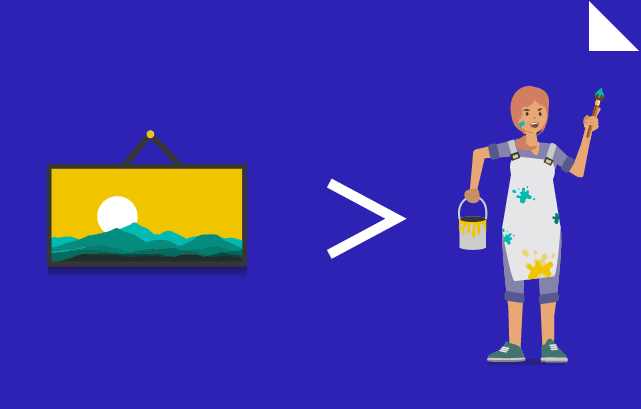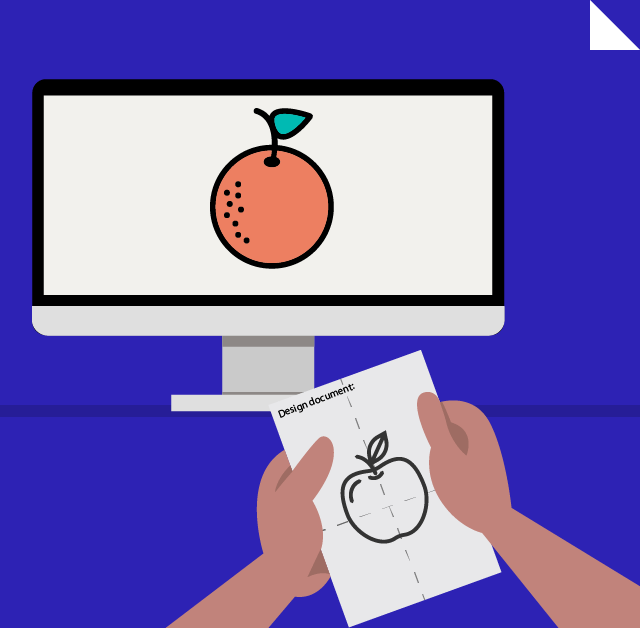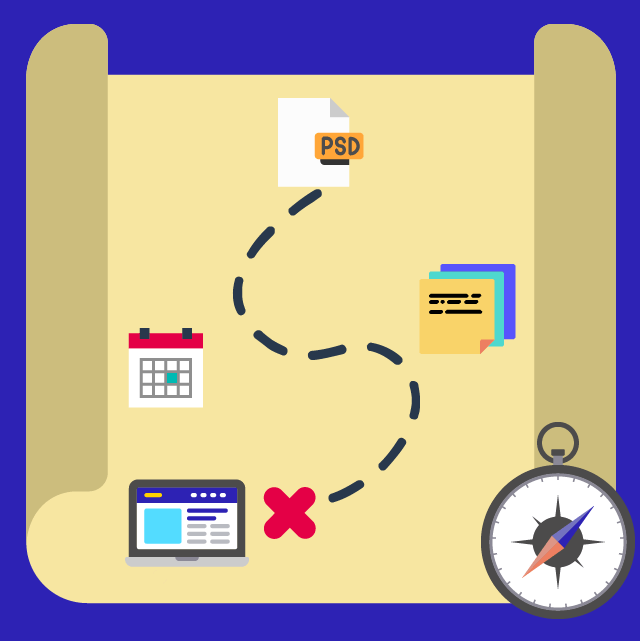Working with remote developers is not easy. Especially if you are used to having all of your staff in the same office, where you can pinch anyone for a quick meeting, do a brainstorm session or just chat about the latest Game of Thrones episode by the water cooler.
With remote developers sometimes being from the other side of the globe, building a strong relationship just doesn’t come as naturally. Our developers have worked remotely with various companies over the years and we firmly believe that building a strong relationship is key to the success of any project.
For your collaboration with a remote developer to be efficient you need to keep a few things in mind:
Goals > Activity

Try setting up goals and only focus on the timely completion of those goals before worrying about what your developer is currently doing.
Because remote work can create a certain disconnect. If you haven’t talked with your remote developer for a few days, you’ll start to get the suspicion that no work is getting done. And it’s perfectly natural, since you’re not witnessing the progress in front of your very own eyes.
When working with your inhouse employees it’s easy for you to identify those who work hard and who’s slacking off (at least, you think so). With remote workers it’s pretty difficult.
But that’s the problem you don’t need to solve. Rather than to worry about how your remote developer gets on with his responsibilities, you only should care about the timely completion of your goals. Because this way:
- You will relieve yourself from the anxiety
- Your remote developer will feel trusted as a professional
- Your remote developer will have flexibility
So putting your goals before activity is a win-win for both parties.
Set the right expectations (for them and for yourself)

Your collaboration should start with describing what you expect from your remote developer. Despite how generic this advice sounds, it is often overlooked.
- Describe what the final project should look like. Make sure that your remote developer shares your vision of what the final product should look like.
- Describe what updates they should provide. Should your developer post updates daily or only when they finished a certain goal?
- Agree on what should be considered a “Done work”. For one developer “done” means everything was tested and the project is ready to go live, but for another it just means that the coding part is over.
- Agree on time when your developer should be available. If you know when your remote developer will be online for a chat or a call, there should be no problems with communicating even if there’s an ocean between you.
Miss any of the points above and the whole project can become a mess.
And also don’t forget that you should be able to meet their expectations as well:
If it’s an agency you’re working with, they likely have their own process (based on years of experience) that is optimized for them to work more efficiently and they may have some requirements for you to follow in order to make that process as productive as possible. Usually this serves as a good indicator that the agency you’re hiring really knows what they’re doing – we covered this in one of our previous articles.
If you’re planning to work with freelancers you should respect their desire for flexibility. So asking them to do daily meetings and expecting them to be always available at your disposal may not be the best way to approach that type of relationship.
Setting the right expectations and agreeing on them will assure you’re on the same page with your remote developer.
Make sure your instructions are clear

With time-zones not always working to your advantage, you can save days by providing instructions that are coherent and won’t require a future clarification. Make sure everything is well-worded and don’t leave too much room for your remote developer to guess. We recommend using Trello or another project management tool as a place to store all the relevant items in one place and avoid redundant information.
It’s also a good practice to back your instructions with visual support. Try using apps like inDesign or Notable for providing visual support to UI and tools like Usersnap or Userback to illustrate your feedback on work completed by the developer you are working with.
Misunderstanding can sometimes create day-long setbacks, which could prove costly for the success of your project. So it is highly beneficial to set clear instructions from the start.
Share constant feedback

Providing constant feedback on their work will help you with three things:
- Makes your remote developer understand your vision better
- Helps your developer to improve
- Shows how much you care about the project
All three are equally important. You can’t be passive and expect your remote developers to always be able to read your mind and be able to deliver everything exactly how you imagined. That mental connection doesn’t exist yet, but if you will be constantly communicating regarding various aspects of the project, you will be moving in the right direction.
And don’t forget about the best kind of feedback – praise! Make sure they know how much you appreciate their effort.
Treat your remote developers as an equal part of your team
Whether you hired a full-time developer to work remotely or hired a programmer to do a one off project, you need to make sure they feel as important as any other member of your team.
Working remotely it’s very easy for anyone to feel distant. Missing the camaraderie of working in a team side-by-side can be slightly discouraging.
One trick that some companies, like aforementioned Trello, use is to always have everyone do meetings in front of their own screen on group calls. So it won’t be a meeting of ten people at the table and one spectator behind the screen. Everyone is equal this way and your remote developers are as engaged as every other team member.
Try to create a personal connection with your remote developer the same way you would have done with your inhouse employee. Friday nights bar hopping may be off the hook, but a chat about something not related to the project is a good start.
When your remote developers feel like an equal part of your team, they are more likely to share your company’s goals and principles. Your bond becomes stronger and it will sure reflect on the final result.
Conclusion
Working with remote developers has become the norm these days. With so many people deciding to go freelance and so many outsourcing agencies providing great value for money, you should be able to work as efficiently with remote workers like you do with inhouse staff.
We started the article by saying that managing remote developers is not easy. And it’s true. But if you’re able to change your perspective a little, you can see that the difference from working with inhouse members is not that big. In fact, it’s mainly centered around interpersonal relationship.
By having a strong relationship and an efficient system for collaboration with remote teams, you can fully embrace perks of globalization and open your business to a new exciting future.



